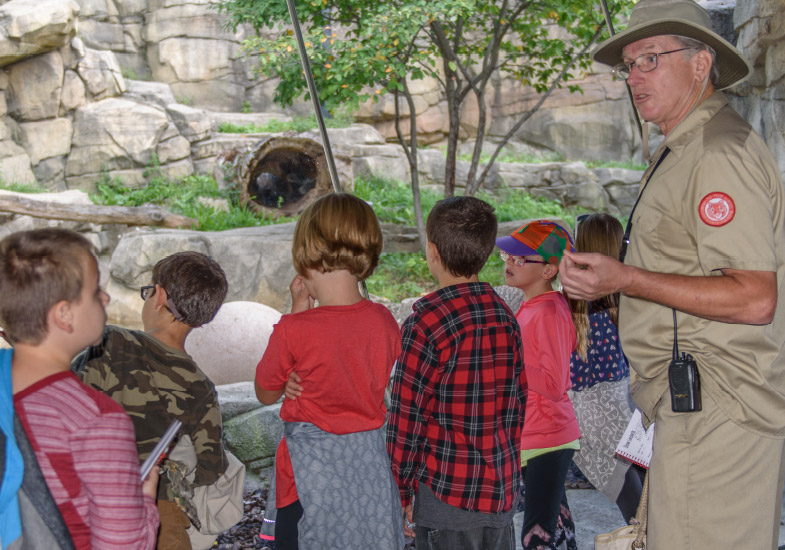How We Support The Zoo
Our History with the Milwaukee County Zoo

Our History with the Milwaukee County Zoo

A Shared History
For more than a century, the Zoological Society of Milwaukee has been a significant force in growing and improving the Milwaukee County Zoo. It started in 1910 when the Zoo was on 38 acres in the Washington Park Zoo. In its first 50 years, the Society’s three key roles were to bring in money to expand the Zoo, build community support and understanding of wildlife, and acquire all the animals.
As the Zoo began to outgrow its location, the Society focused on partnering with the Zoo to build the new Zoo on the 200+ acres it sits on today. The Zoo officially opened in its current location in 1961, thanks in large part to the Society’s fundraising. In the 1970s the Zoological Society shifted from acquiring animals to expanding and improving exhibits.
Through two previous multi-million dollar capital campaigns – the 1987-1998 campaign and the 2001-2008 campaign – the Zoological Society partnered with Milwaukee County to complete 15 projects. The Zoological Society recently completed a third capital campaign to raise $27 million for Adventure Africa which includes new habitats for the elephants, African hoofstock, hippos and rhinos.
Education was always a mission of the Society. From its beginning in 1910, the Society’s Board of Directors wanted to increase public interest in wild animals and improve the animals’ lives by educating guests on their importance to the world. Guided tours for school groups and guests began in the 1930s. A formal Education Department that included classes began in 1977 and continued to grow into the institution it is today.
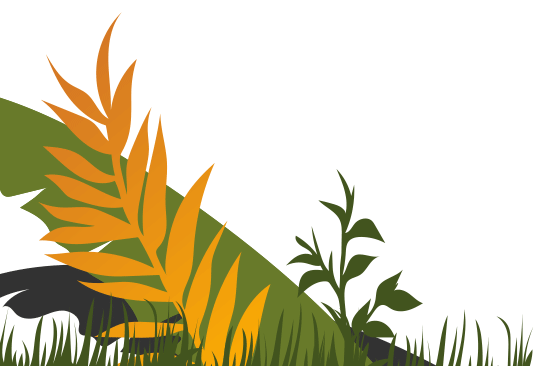

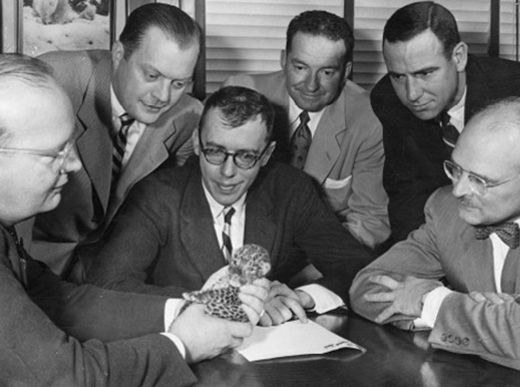
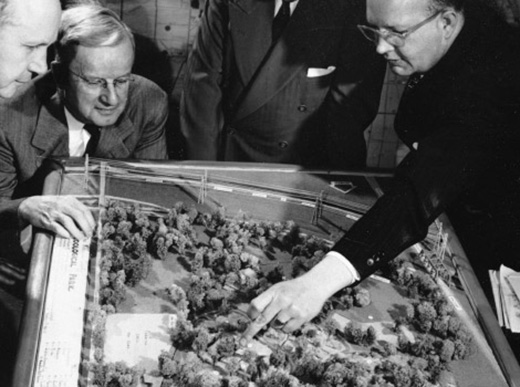
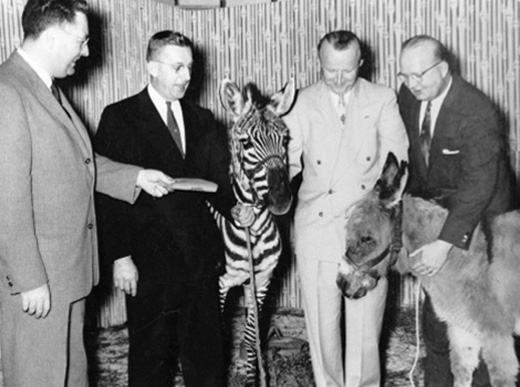
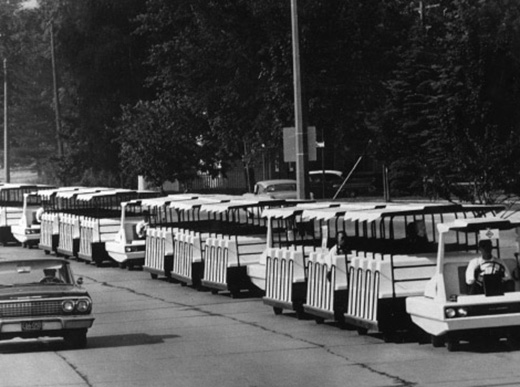
How The Zoological Society
SUPPORTS THE ZOO
The Zoological Society is a nonprofit organization committed to supporting the Milwaukee County Zoo in a variety of ways so it can continue to be a top destination. Our three categories of support are financial, in-kind, and program contributions.

Financial Support

Zoo Passes
The Zoological Society raises funds to help the Zoo in day-to-day operations. Zoo Pass memberships are the Society’s largest fundraising program. Selling Zoo Passes brings in $6 million annually and the Zoo receives 50% of that gross revenue. The Society covers the cost of running the Zoo Pass program such as mailing and postage.
Sponsorships
The Zoological Society secures sponsors for Milwaukee County Zoo attractions and events. This support helps offset operating costs for the Zoo. On average the Zoological Society secures close to $900,000 in cash and in-kind sponsorship support.
Annual Appeals
Each year, the Zoological Society raises money for a specific project or program through the Annual Appeal. Past projects include the elephant exhibit, African hoofstock area, webcams and renovations in the Dairy Complex, the polar bear and seal exhibits, the Humboldt penguin exhibit, the outdoor gorilla exhibit, and the outdoor colobus monkey exhibit.
Veterinary Assistance and Survival Programs
The Society helps with the top-notch care for the animals by paying for veterinary residents from the University of Wisconsin-Madison. These residents work at the Zoo and assist in the daily health of the Zoo’s thousands of animals. Local and worldwide, the Society contributes financially to the Milwaukee County Zoo’s animal programs, including state, national and international species survival programs and conservation and recovery plans designed to help preserve animals like the endangered Humboldt penguin, piping plover, Grenada frog and ornate box turtle.
Zoo Equipment, Facilities, and Exhibits
The Development Department at the Zoological Society raises funds for items needed by the Zoo such as equipment for the Animal Health Center (hospital), grounds, and facility improvements. In addition to day-to-day operations, the Zoological Society covers half the cost of major exhibit renovations and facility updates in the form of capital campaigns. The Development Department leads fundraising efforts for the campaign, working closely with Board members, volunteers, and campaign committees. Some of the projects accomplished include the Peck Welcome Center, the Animal Health Center, Florence Mila Borchert Big Cat Country, the spider monkey exhibit, the Elephant Care Center and habitat, and the Dohmen Family Foundation Hippo Haven.
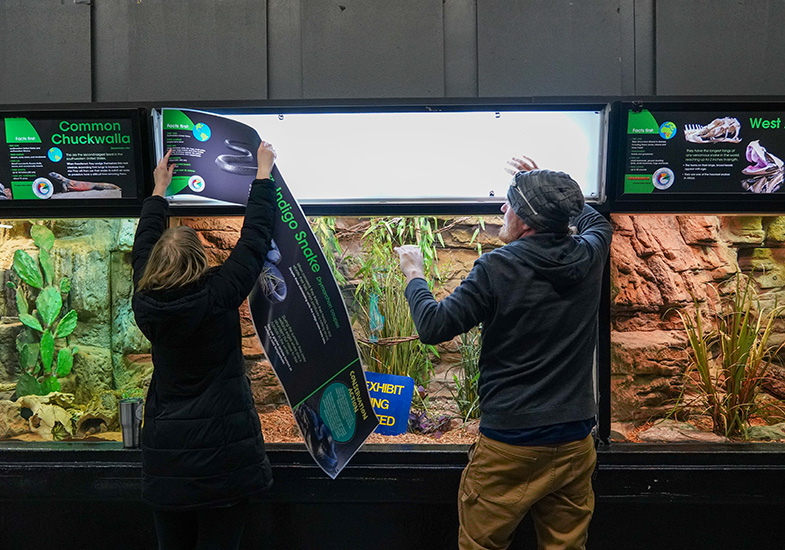

In-kind Support
The Zoological Society’s creative department handles more than 650 projects a year. The department designs, develops, and installs directional signs, exhibit propping, dioramas and interactives (including video), event banners, exhibit signs, and digital signs for the Milwaukee County Zoo. The department is able to save both organizations significant money and time through in-house research and design of these interpretives around the Zoo, as well as design and outsourcing of print material.
Designers and Communications staff create newsletters and magazines that are mailed to Zoo Pass members. Alive magazine and Wild Things newsletter are written and created by Zoological Society staff in an effort to promote the Society and the Zoo’s animals and events.

Program Contributions
The Milwaukee County Zoo is an AZA-accredited institution which means it meets the highest standards for animal care and welfare. The Zoological Society offers programs that help the Zoo earn their accreditation every five years.
The Zoo meets its educational requirements through the Zoological Society Conservation Education Department. The Society programs reach about 100,000 people a year through its school and youth group programs, classes and camps, and Kohl’s Wild Theater, its conservation-focused theater group.
New standards require zoos to be at the forefront of the conservation of species in the wild. Often it is the conservation partnership between the Zoo and the Zoological Society that enables the Zoo to import certain species for breeding and education purposes.
